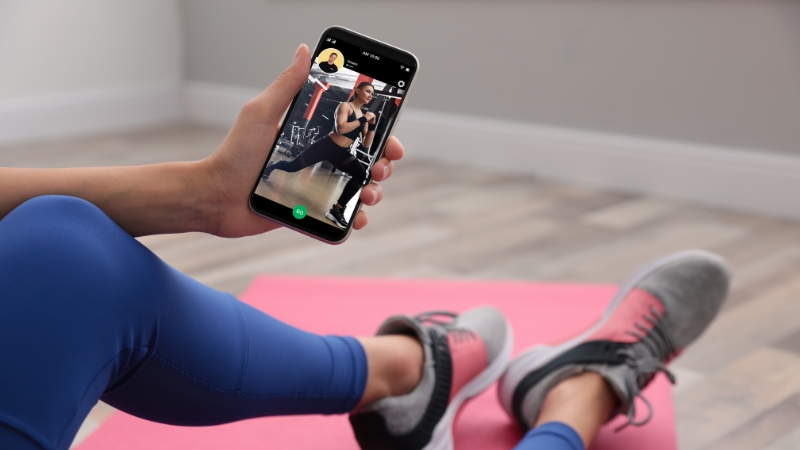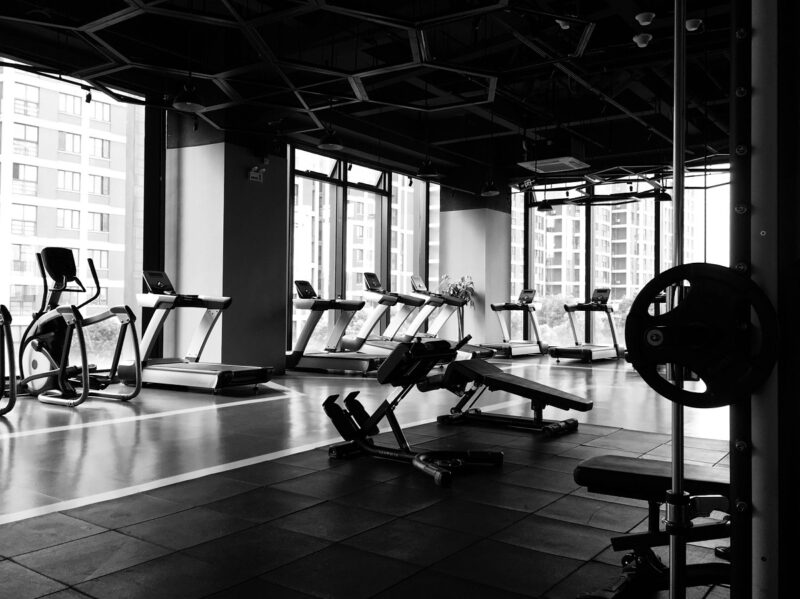
Share Post:
Starting a gym involves more than just securing a space and buying equipment.
Success requires careful planning, financial investment, and strategic marketing.
A well-structured approach ensures long-term growth while avoiding common industry pitfalls.
This checklist covers essential steps to help you move forward with confidence.
Research and Planning
Starting a gym requires more than just passion for fitness. Careful research and strategic planning help lay the groundwork for a profitable and sustainable business.
Identifying local demand, analyzing competitors, and choosing the right niche ensure that your gym attracts and retains members.
A well-structured business plan not only provides direction but also helps secure funding and partnerships.
Conduct Market Research

Launching a gym without evaluating the local fitness scene is a mistake. Identifying demand, analyzing competition, and studying industry trends can help you carve out a segment in the market.
- Analyze Local Demand – Gauge interest by surveying potential customers, checking social media fitness trends, and identifying high-traffic areas.
- Competitive Analysis – Identify other gyms, their pricing, services, and business model. Learn what they offer and where they fall short.
- Niche Selection – Differentiate by specializing in boutique fitness, high-intensity training, personal coaching, or wellness-focused programs.
Create a Business Plan

A solid business plan lays the foundation for sustainability. Investors and lenders will want a clear outline of how your gym will generate revenue and grow.
- Executive Summary – Briefly outline the gym’s mission, target audience, and key objectives.
- Market Analysis – Detail the demand for fitness services in your area.
- Business Structure – Choose between an LLC, S-Corp, or another legal entity.
- Service Offerings – Define membership tiers, personal training sessions, group classes, and additional revenue streams.
- Financial Projections – Provide cost estimates, revenue forecasts, and funding plans.
- Marketing Plan – Highlight digital advertising strategies, influencer collaborations, and local partnerships.
Legal and Financial Setup
Handling the legal and financial aspects of a gym startup lays the foundation for long-term stability.
Establishing a formal business structure, obtaining the necessary permits, and securing insurance coverage protect against liabilities that could jeopardize operations.
Additionally, ensuring proper funding allows for equipment purchases, facility maintenance, and staff salaries.
Without these elements in place, a gym may face legal complications or financial roadblocks that hinder growth.
Taking the time to set up these components properly can help create a sustainable fitness business with fewer risks and complications.
Register Your Business
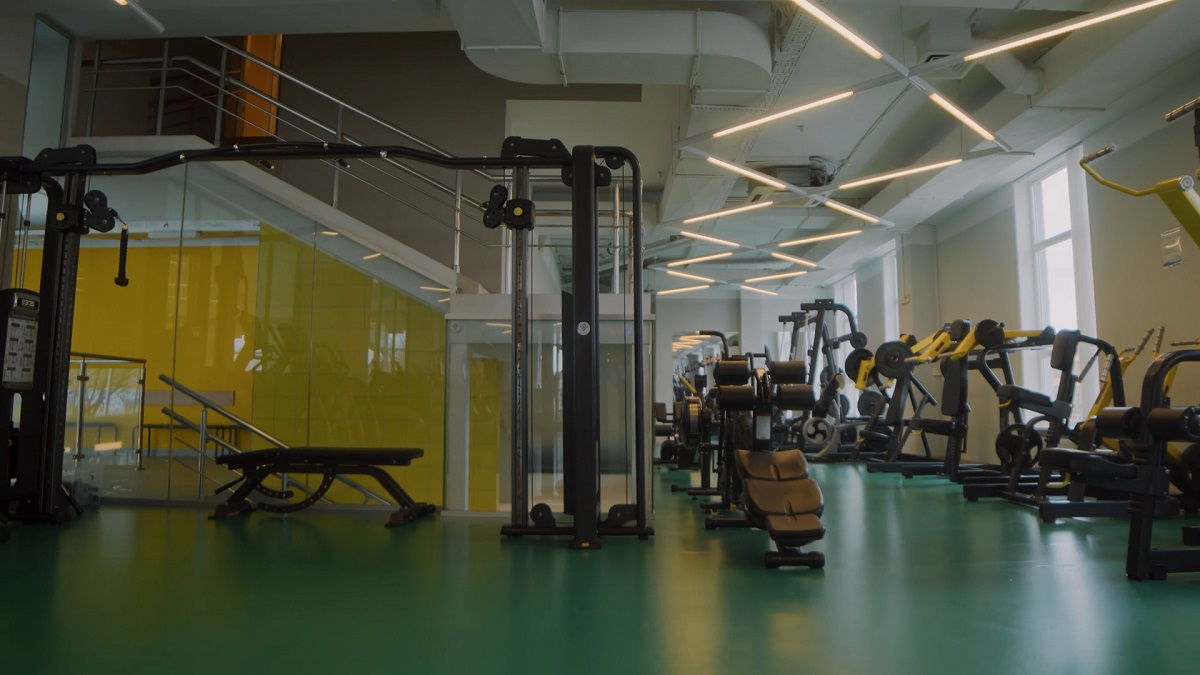
Selecting the right business structure impacts liability, taxes, and management flexibility. Common options include:
- LLC – Limits personal liability while maintaining operational flexibility.
- S-Corp – Offers tax benefits but requires a more complex setup.
- Sole Proprietorship – Simple but lacks liability protection.
After choosing a structure, register your gym with the state and obtain an Employer Identification Number (EIN) from the IRS.
Licensing and Permits
Failure to secure the necessary licenses can result in hefty fines or forced closures. Typical requirements include:
- Business license
- Zoning and building permits
- Health and safety compliance
- Music license for playing copyrighted tracks
Insurance Coverage
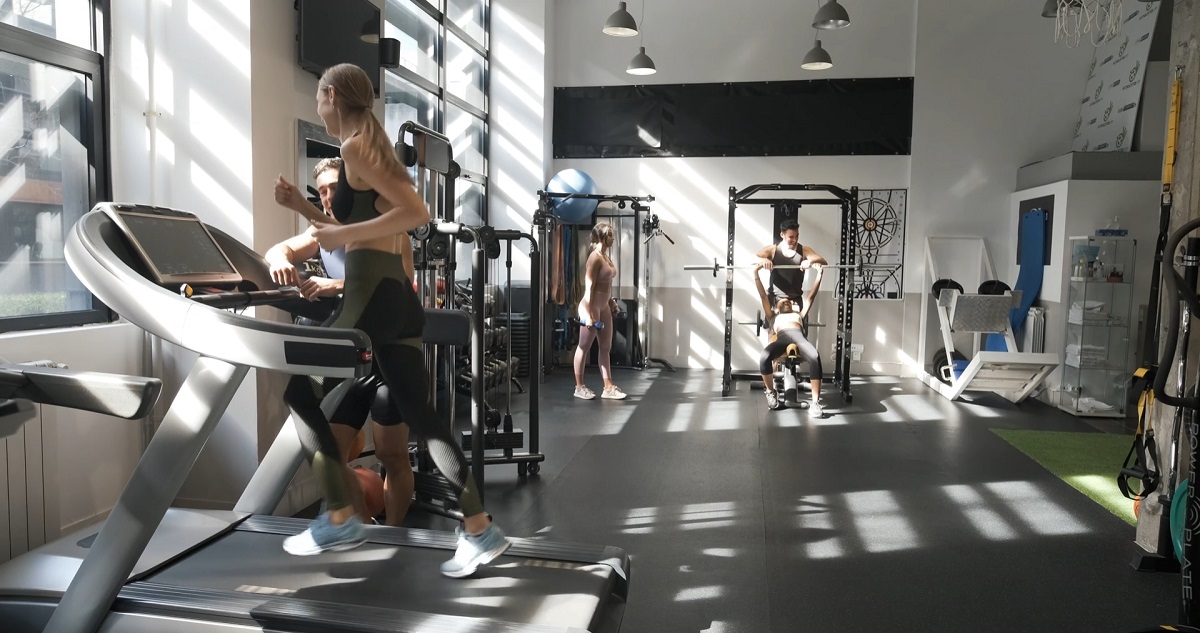
Gyms involve physical activity, so having comprehensive insurance protects against unexpected events. Key policies include:
- General Liability Insurance – Covers injuries and property damage.
- Workers’ Compensation – Required if hiring employees.
- Property and Equipment Insurance – Protects assets against theft or damage.
- Get Tenant Insurance – If leasing a space, this safeguards gym equipment and property in case of fire, water damage, or other incidents.
Secure Funding
Starting a gym requires substantial investment. Common funding options include:
- Business loans or lines of credit
- Seeking investors or business partners
- Crowdfunding for community-backed support
- Exploring franchise opportunities for brand leverage
Finding and Setting Up Your Gym Location
Choosing the right location plays a significant role in the long-term success of a gym.
A well-positioned facility attracts a steady flow of members, provides convenience, and enhances the overall fitness experience.
Factors such as accessibility, visibility, and available space should be carefully evaluated before making a commitment.
Proper planning ensures that the gym is set up to accommodate different training areas while offering a comfortable and motivating atmosphere for members.
Select the Right Location
The right location influences member retention. Consider:
- High Foot Traffic – Malls, commercial districts, and busy neighborhoods bring more visibility.
- Target Demographics – Ensure proximity to residential or corporate hubs.
- Adequate Space – Factor in workout zones, locker rooms, and parking availability.
Gym Design and Layout
A well-planned gym layout enhances efficiency and customer experience.
- Workout Zones – Allocate areas for free weights, machines, functional training, and group classes.
- Locker Rooms & Showers – Ensure clean and well-maintained facilities.
- Aesthetic & Functional Design – Modern lighting, mirrors, and flooring contribute to an engaging workout space.
Purchasing Equipment and Technology
Outfitting a gym with the right equipment and management tools lays the foundation for a seamless workout experience.
The choices made at this stage determine the facility’s functionality, member satisfaction, and long-term maintenance costs.
Investing in durable machines, well-designed workout zones, and efficient software solutions enhances operations and improves client retention.
A well-equipped gym ensures members have access to the tools they need while reducing the risk of frequent breakdowns and costly repairs.
Invest in Essential Equipment
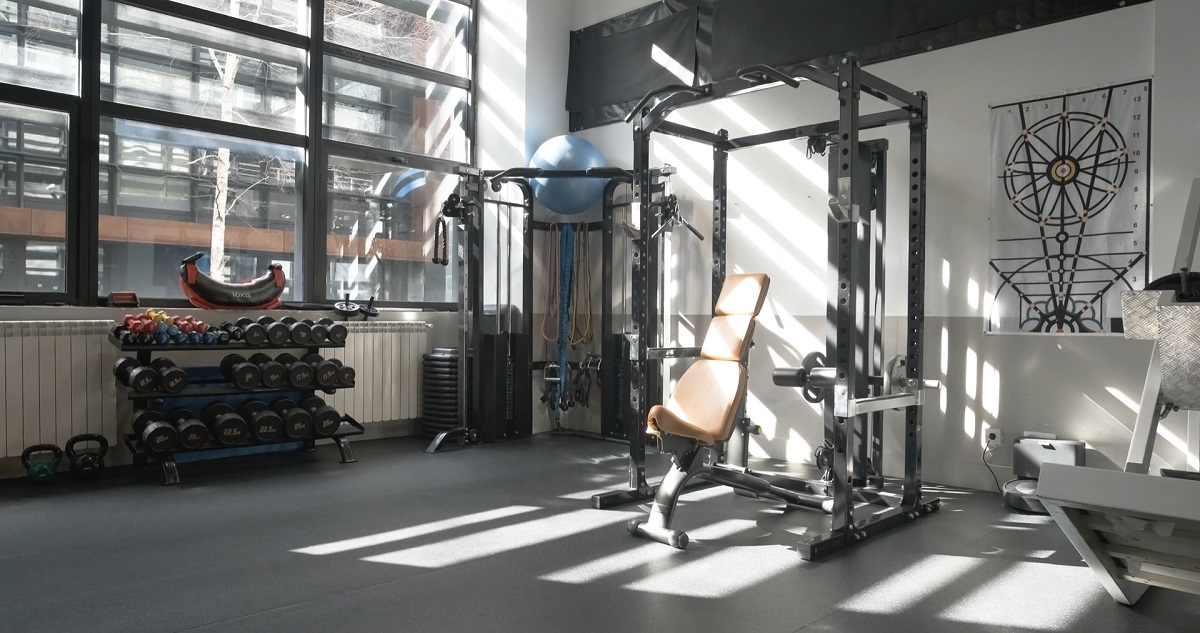
Selecting high-quality equipment prevents frequent breakdowns and reduces long-term costs. Essentials include:
- Strength Training – Dumbbells, barbells, squat racks, and resistance machines.
- Cardio Equipment – Treadmills, rowing machines, and elliptical trainers.
- Functional Training Gear – Medicine balls, battle ropes, resistance bands, and yoga mats.
Choose a Gym Management Software
Operational efficiency relies on automation. The right software handles:
- Membership tracking and payments
- Scheduling for personal training and classes
- CRM tools for engaging and retaining customers
Hiring Staff and Personal Trainers
A successful gym relies on a dedicated team that enhances the customer experience and keeps operations running smoothly. Employees are not just service providers but the face of the business, shaping member satisfaction and retention.
Finding knowledgeable professionals who align with the gym’s mission ensures that clients receive proper guidance, support, and motivation. Training requirements and ongoing development also play a major role in maintaining high standards.
Build a Strong Team

Hiring the right staff ensures excellent customer service and gym maintenance. Key roles include:
- Personal Trainers – Certified professionals to guide members.
- Receptionists – Front desk staff to manage memberships and inquiries.
- Maintenance Team – Essential for cleanliness and equipment upkeep.
Establish Training and Certification Requirements
Setting qualification standards maintains gym credibility. Require:
- CPR and first-aid certification for trainers.
- Staying compliant with timely BLS and CPR renewals.
- Ongoing professional development in fitness trends and client management.
Developing a Marketing and Membership Strategy
Running a gym requires a skilled and motivated team to create a welcoming environment and maintain smooth operations. Trainers, front desk staff, and maintenance personnel all play crucial roles in shaping the experience members receive.
A well-trained team ensures clients feel supported, facilities remain clean, and business functions run efficiently.
Investing in knowledgeable employees not only improves customer retention but also enhances the gym’s reputation. Proper hiring practices, certifications, and ongoing education help build a workforce that contributes to long-term success.
Branding and Online Presence
Creating a strong identity attracts and retains customers.
- Design a logo and establish a recognizable theme.
- Develop a professional website featuring membership plans and class schedules.
- Use SEO strategies and social media to promote services.
Customer Acquisition Strategies
Bringing in members requires targeted promotions. Effective tactics include:
- Pre-launch discounted memberships.
- Referral programs and influencer collaborations.
- Free trial classes to convert hesitant prospects.
Customer Retention and Loyalty Programs
Keeping members engaged minimizes churn. Implement:
- Reward-based loyalty programs.
- Personalized training and progress tracking.
- Customer feedback loops to refine services.
Preparing for Opening and Ongoing Operations

Launching a gym requires more than setting up equipment and unlocking the doors. The opening phase is an opportunity to generate excitement, attract members, and establish a reputation in the community.
A well-planned grand opening introduces potential customers to the facility while highlighting key services.
Once the doors are open, maintaining smooth daily operations is essential. Keeping track of memberships, ensuring a clean environment, and adjusting business strategies help sustain long-term success.
Careful attention to these details will keep customers engaged and satisfied.
Host a Grand Opening Event
A strong launch builds hype and attracts members. Plan:
- Free fitness demonstrations and trial classes.
- Collaborations with local businesses for sponsorships.
- Social media contests and giveaways to spread awareness.
Manage Day-to-Day Operations
Smooth operations keep the gym running efficiently. Regularly:
- Monitor membership growth and adjust pricing strategies.
- Ensure equipment maintenance and cleanliness.
- Review financial performance and marketing effectiveness.
The Bottom Line
Opening a gym involves numerous moving parts, but careful planning and execution ensure a strong start.
From securing the right location to marketing strategies that attract loyal members, each step plays a critical role.
With a focus on quality service, financial stability, and effective branding, your gym can grow into a thriving fitness community.
Related Posts:
- Everything You Need to Know About the One and Done Workout
- 7 Design Tips to Make Your Gym Feel Open and Comfortable
- DIY Relaxing Bubble Bath - Create Your Own Oasis in Minutes
- Does Creatine Make You Poop? What You Need to Know
- 10 Reasons You Need Epsom Salt in Your Home
- 8 Early Morning Workout Spots That Open Before 6 AM in NYC



